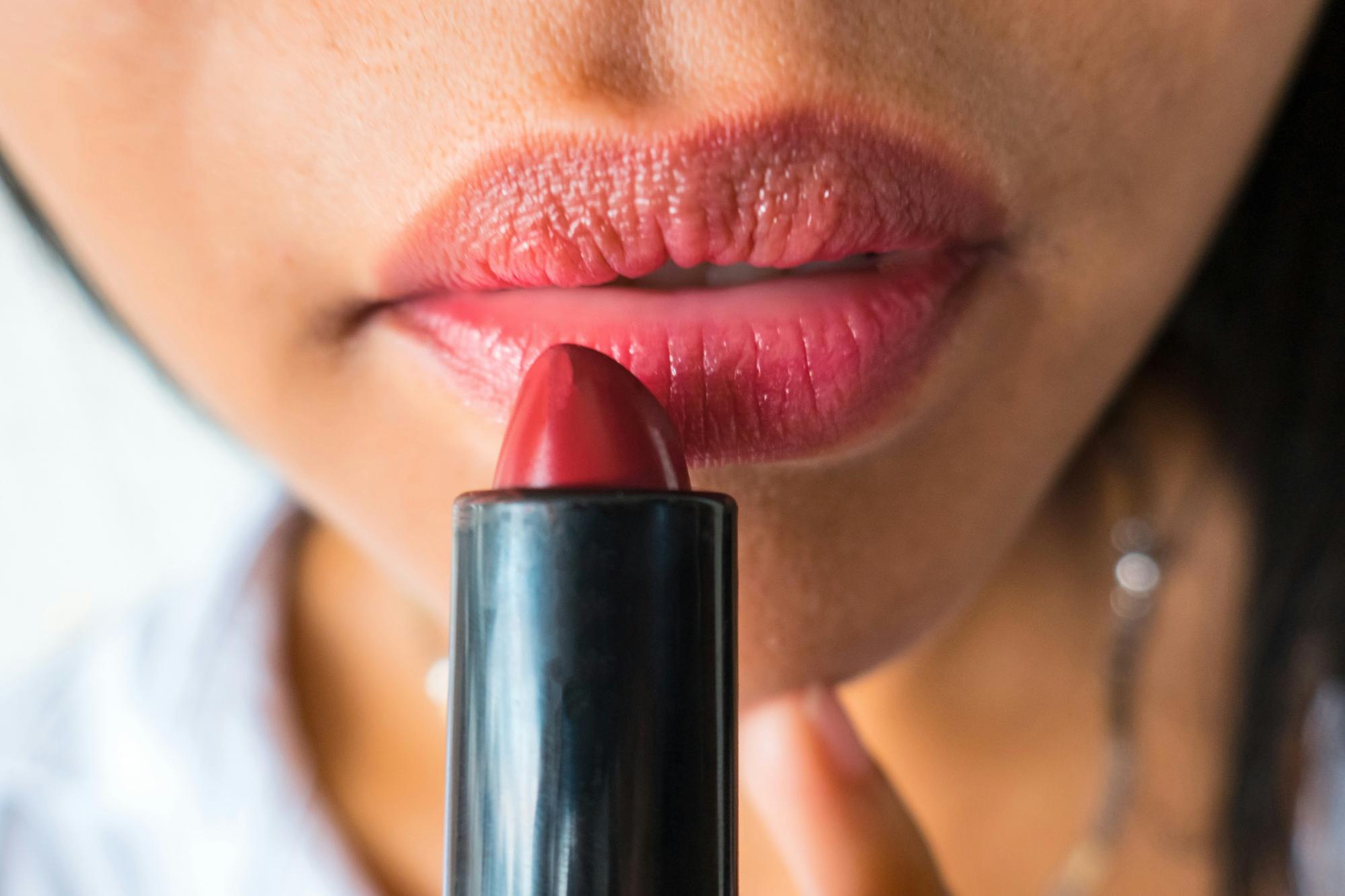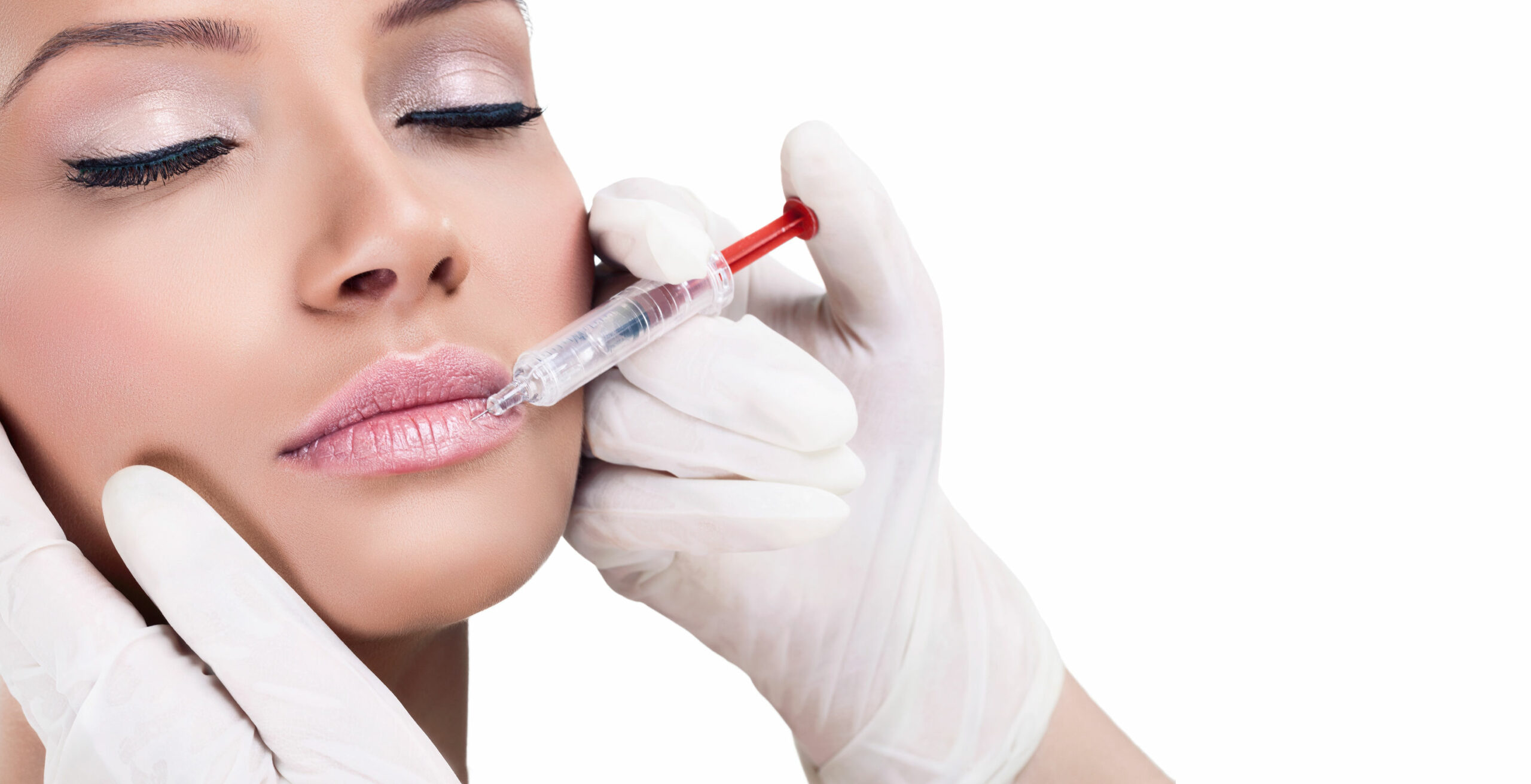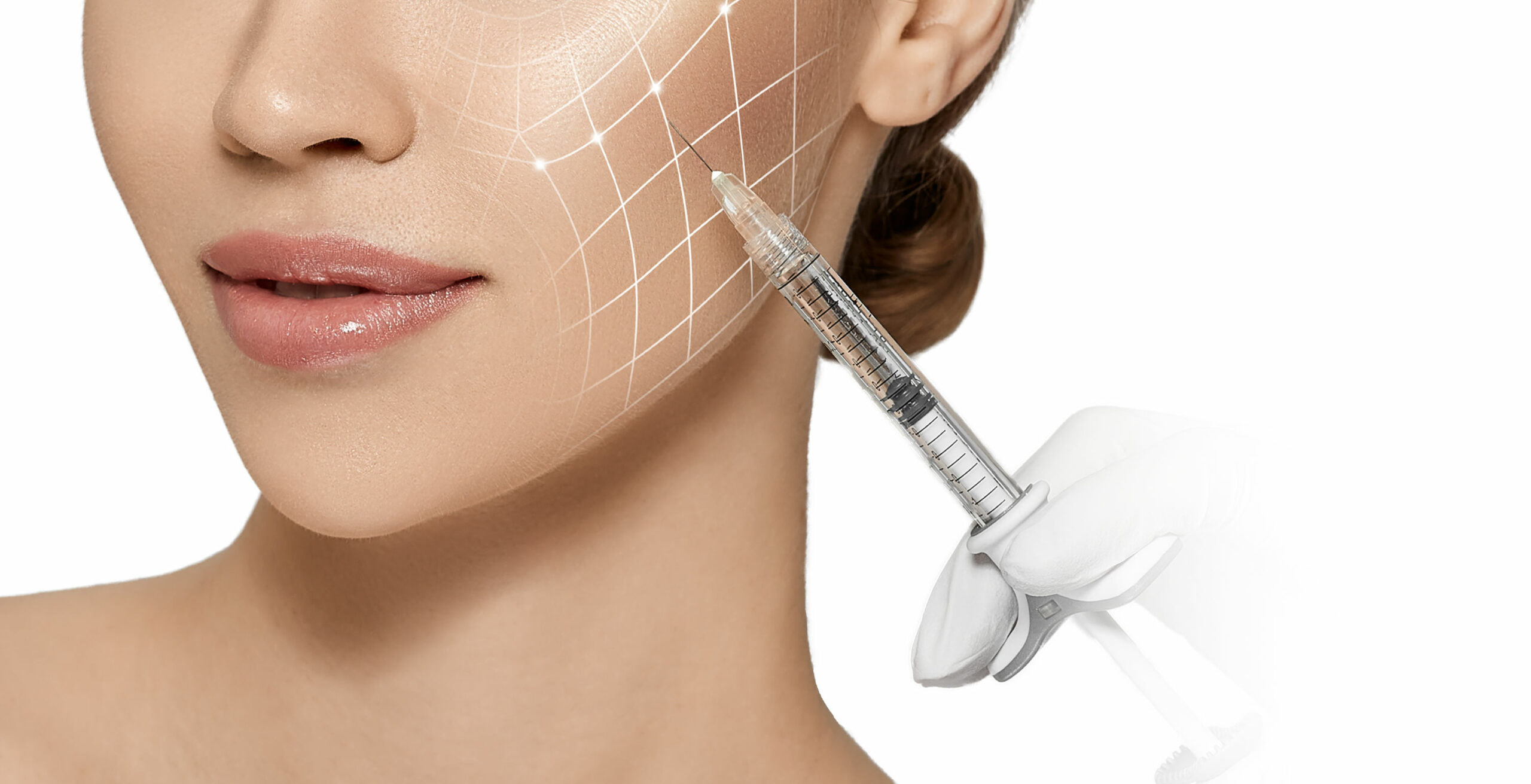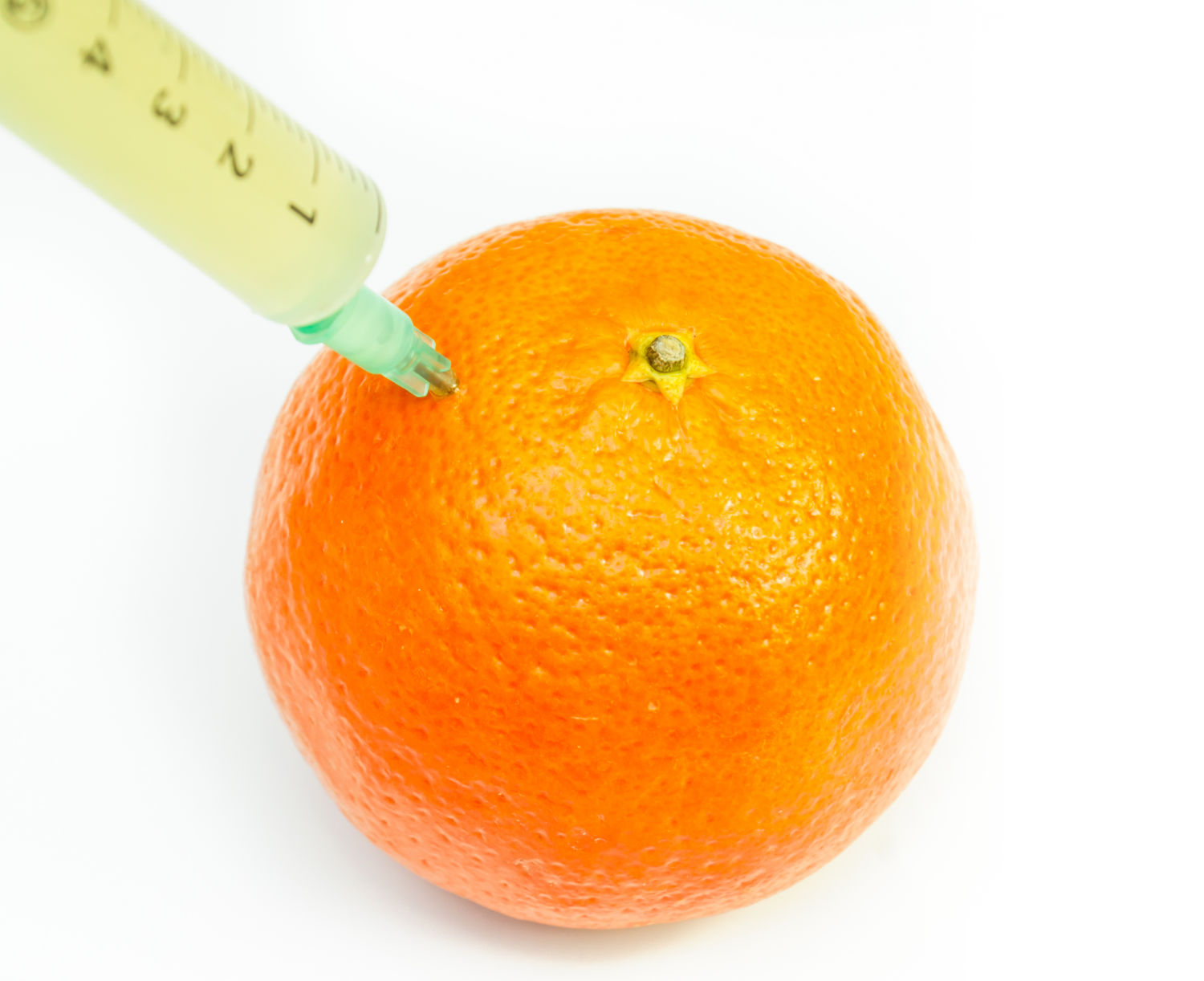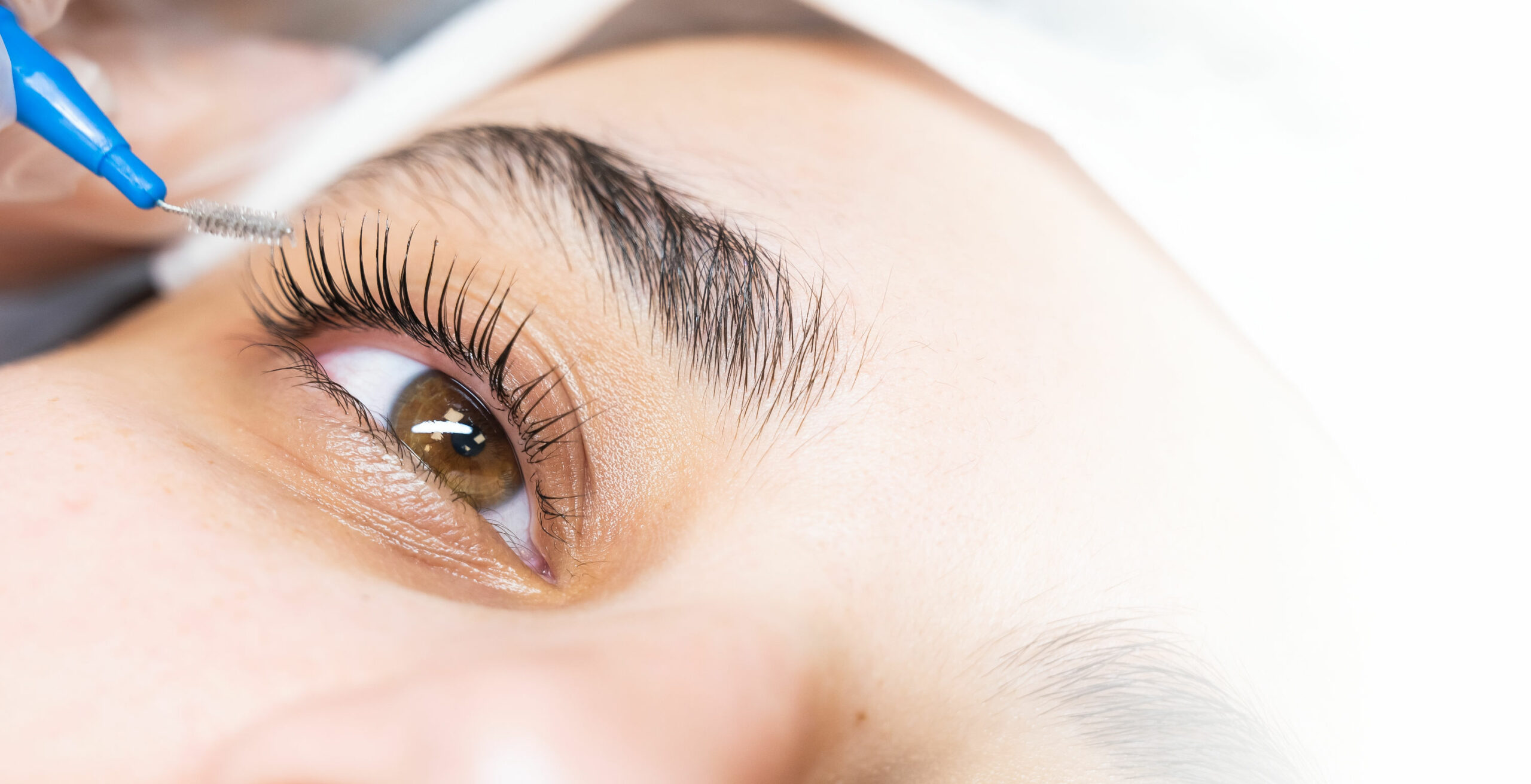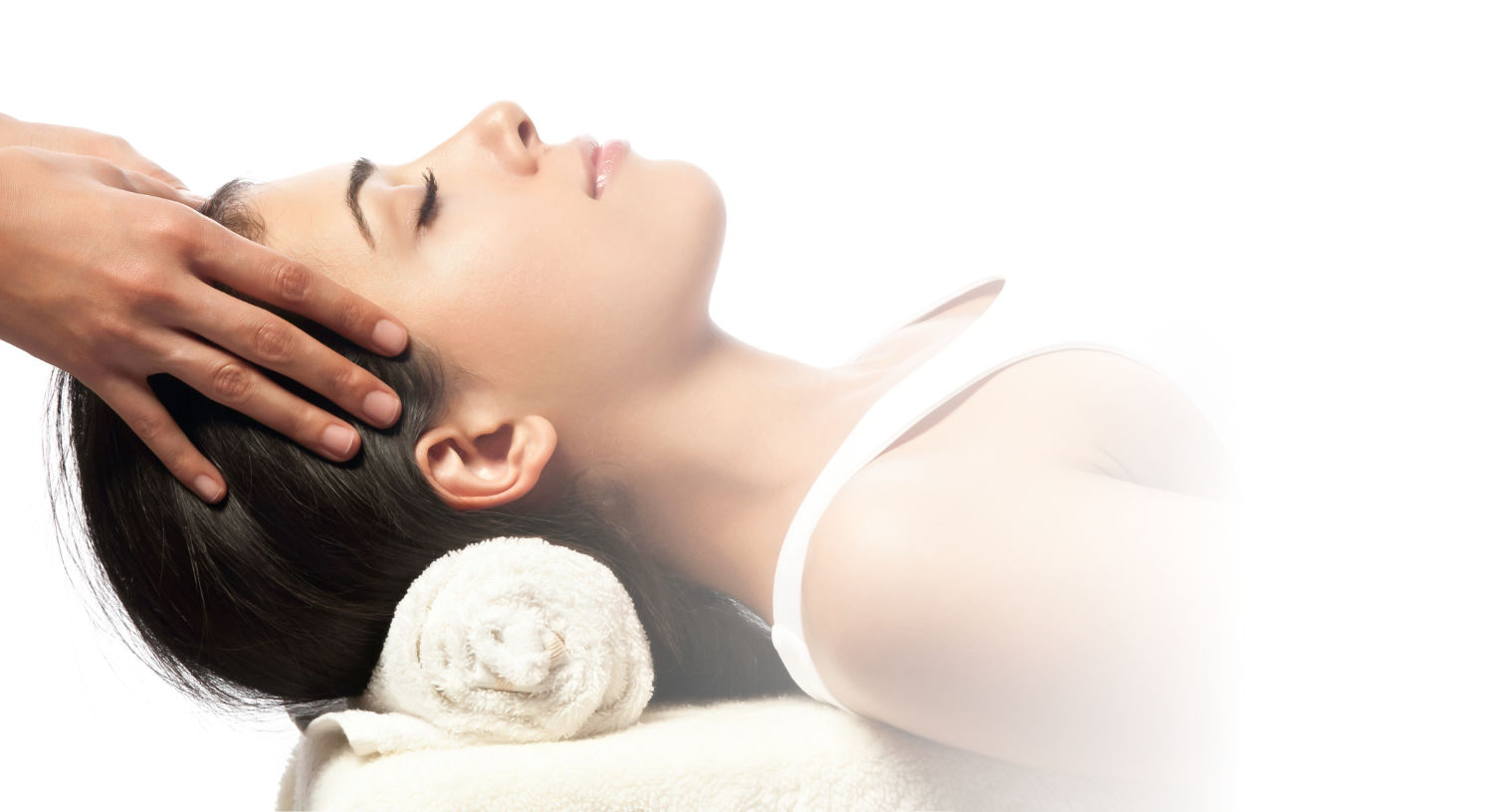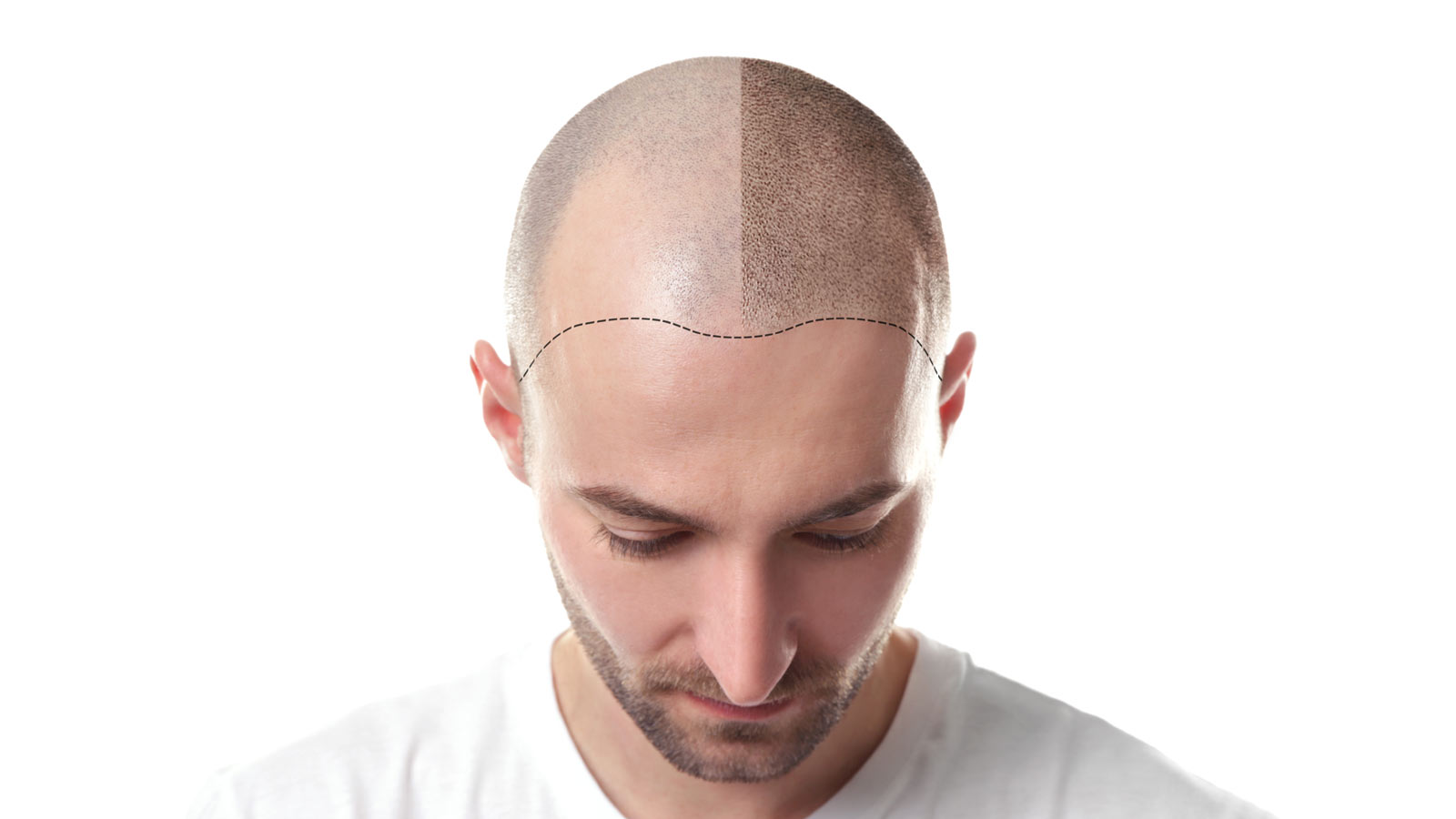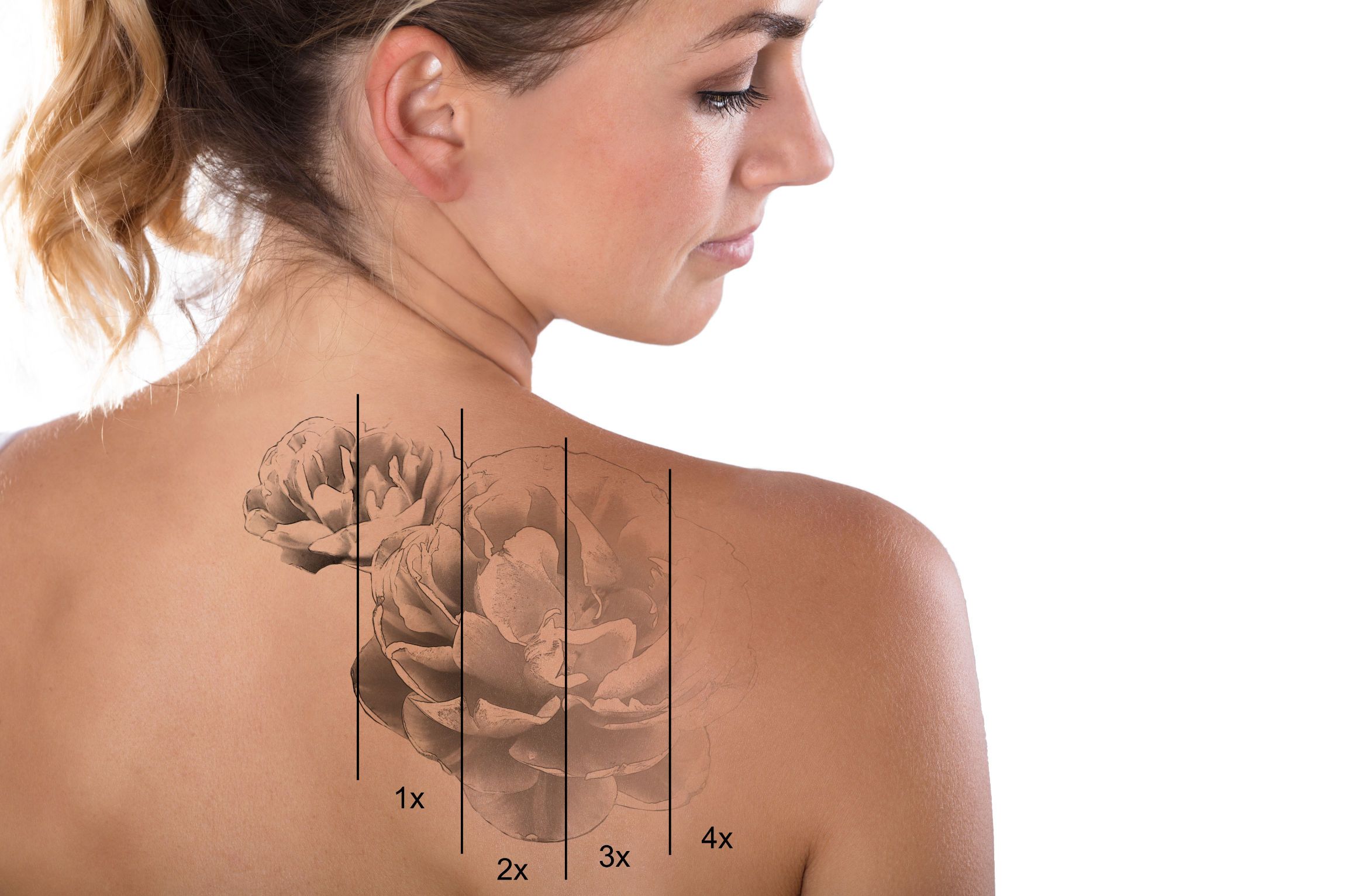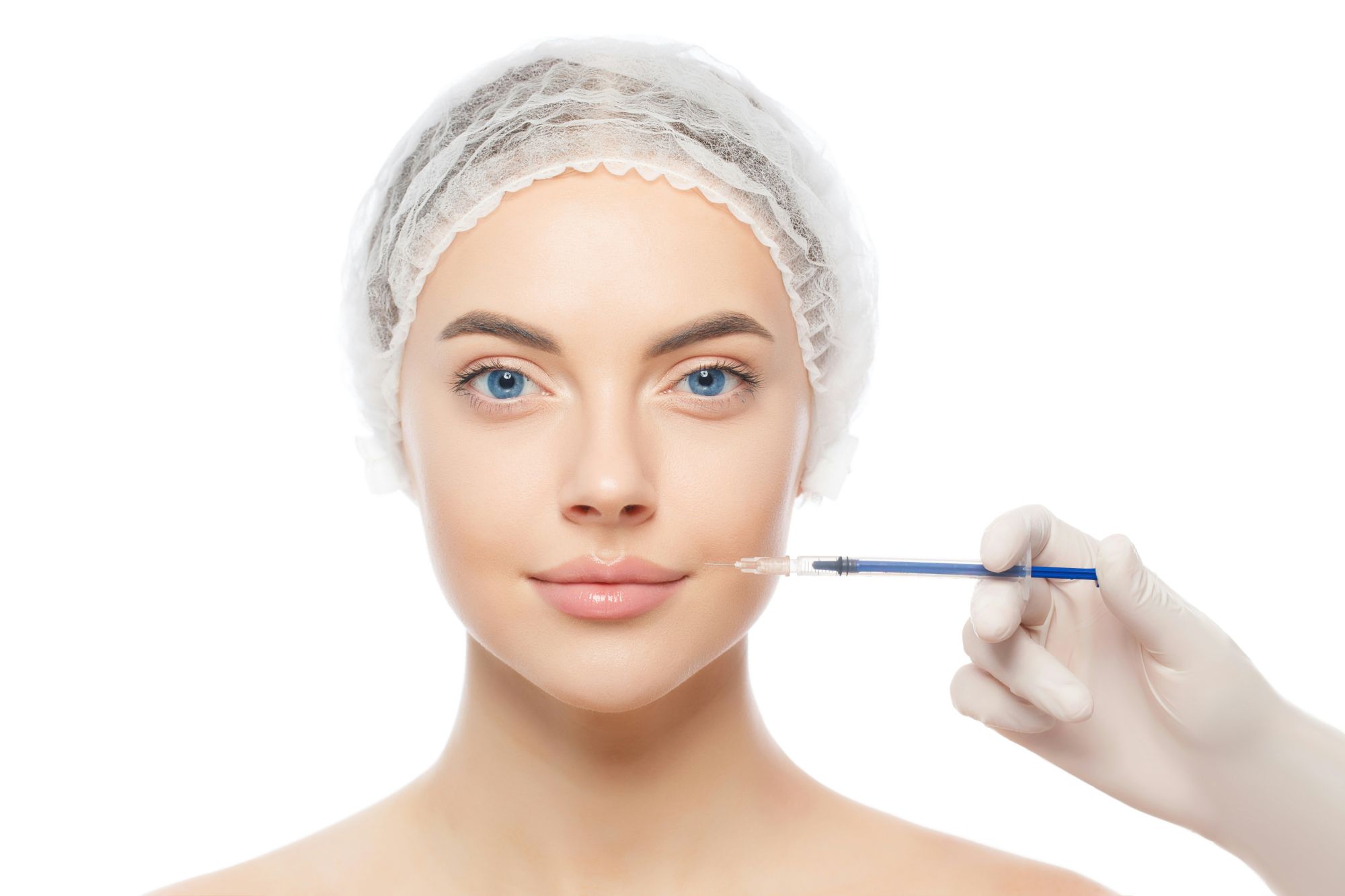
Everything You Need to Know About Dermal Fillers
Introduction
Dermal fillers have taken the cosmetic industry by storm, offering a minimally invasive solution for those looking to turn back the clock on ageing. Unlike traditional surgical treatments, fillers produce rapid effects with little to no downtime, making them an appealing alternative for busy people. In this detailed guide, we'll dig into the topic of dermal fillers, comparing them to other popular procedures like Botox and answering frequently asked questions and concerns.
What are dermal fillers?
Dermal fillers are gel-like compounds composed of hyaluronic acid, a naturally occurring molecule in the skin that maintains moisture and imparts plumpness. When injected under the skin's surface, these fillers restore volume, smooth lines, soften wrinkles, and improve facial features. Dermal fillers are versatile and may be used to treat a variety of regions of the face, including the cheeks, lips, and mouth.
What do dermal fillers do?
In the world of cosmetic dermatology, dermal fillers can be a game changer for aging issues. These fillers act in a variety of ways. They provide volume to thinning lips, creating a fuller and more defined appearance that many people prefer. Fillers can restore youthful plumpness to hollow regions of the face, notably around the cheeks and beneath the eyes, removing the worn appearance that frequently comes with ageing. They also have the extraordinary ability to smooth out face lines and wrinkles, such as nasolabial folds and marionette lines, leaving the skin looking fresher and smoother.

Furthermore, dermal fillers can enhance the look of recessed scars by lifting the depressed skin to the level of the surrounding tissue, making acne or injury scars less visible. They are also skilled at reconstructing contour defects in the face, whether caused by heredity or trauma, therefore correcting asymmetries and restoring balance to facial features.
Dermal fillers can also be used for hand treatments in addition to the face. The back of the hands frequently demonstrates age, with visible veins and a skeletal look. Fillers can help with these concerns, renewing the hands and making them appear younger. Because of its multifaceted approach to addressing age-related issues, dermal fillers are a flexible and widely sought-after cosmetic treatment option.
How long do dermal fillers last?
Dermal fillers' lifetime is determined by a number of factors, including the type of filler used, the area treated, and the patient's metabolism. Most fillers have a shelf life of 6 to 18 months. Some newer, more durable formulas may deliver effects for up to two years. To sustain the intended result, occasional follow-up treatments are advised.
Are dermal fillers safe?
The safety of dermal fillers is a prevalent issue among individuals considering the treatment. Dermal fillers are generally safe when applied by a certified and skilled expert. The products are often created from substances that are biocompatible with the body, such as hyaluronic acid, which is naturally present in the skin.
However, like with any medical therapy, there are certain dangers and adverse effects. These can range from moderate bruising and swelling at the injection site to more unusual problems like as allergic responses or vascular occlusion, in which the filler blocks a blood artery.
It is critical to have a full consultation with a healthcare expert to review any potential hazards and ensure that the treatment is suited to your specific requirements and medical history.
What happens after fillers wear off?
Dermal fillers are not a permanent solution; they are biodegradable and will naturally degrade and be absorbed by the body over time. As the filler dissolves, the skin gradually returns to its natural state before the treatment. The time required for this treatment varies based on the type of filler used, the region treated, and individual characteristics such as metabolism.
Maintenance treatments are necessary to keep the effects in place. These follow-up visits can assist to maintain the improved look established after the original treatment. It also provides an opportunity to review your aesthetic goals with your practitioner and make any necessary revisions.

Are dermal fillers painful?
The perception of pain is subjective and varies widely from person to person. However, when it comes to dermal fillers, most people report that the treatment is rather painless. Most patients report feeling a momentary pinch or pressure at the injection site. To reduce any discomfort, practitioners frequently blend a topical anesthetic lotion or a local anesthetic with the filler.
Some dermal fillers also contain lidocaine, a mild anaesthetic, to provide a more pleasant experience. After the treatment, it is common to suffer transient soreness, which usually goes away within a few days.
What age can you get dermal fillers?
While there is no age limit for utilising dermal fillers, it is typically recommended to consider them when indications of ageing become unpleasant. Most people experience this during their mid-20s and early 30s, when the body's natural collagen synthesis begins to diminish, resulting in the first indications of ageing such as fine lines or a decrease in face volume.
It is important to speak with a skilled specialist who can evaluate your skin's health and prescribe the best age and procedure for fillers, ensuring that the treatment is both safe and effective for your specific requirements.
When to choose botox and when to choose fillers?
The particular problems you want to address will determine which treatment option is best for you: fillers or Botox. The neurotoxin Botox works by temporarily weakening or paralyzing the muscles that cause wrinkles, especially those that are caused by squinting or frowning. Dynamic wrinkles, or lines that show up as you move your face, such frown lines, crow's feet, and forehead creases, respond well to it.

Fillers, on the other hand, are gel-like compounds that replenish lost volume and fullness in the face. They're perfect for static wrinkles, which appear even while your face is at rest. Fillers may fill up thin lips, improve superficial contours, smooth out deeper wrinkles and creases, and even make scars less noticeable. They can also be used to shape and define face features like the jawline and cheekbones.
To summarize, if your major concern is decreasing the look of expression lines, Botox may be the best option. If you want to restore volume, smooth out static wrinkles, or improve face lines, fillers are probably the best solution.
Smooth out wrinkles, restore volume & improve symmetry
Dermal fillers are a very successful and adaptable cosmetic procedure that provides a non-surgical alternative to numerous indications of ageing. They produce quick effects with little downtime, making them an appealing alternative for anyone wishing to improve their looks without requiring a protracted recuperation period. Dermal fillers can smooth out wrinkles, restore volume to depressed areas, improve face symmetry, and rejuvenate the overall look of the skin.
It’s essential to have a detailed consultation with a skincare professional who can assess your individual needs and recommend the most suitable treatment. Whether it’s Botox or fillers, the right choice will depend on your aesthetic goals, the areas of concern, and the type of results you’re hoping to achieve.
Dermal fillers are available at our clinic. Find more information including prices here or book your appointment today here.

